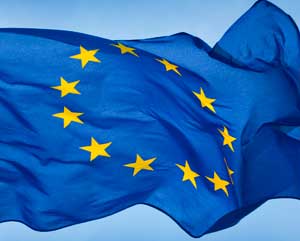After a round of pledges from some of the countries that back it, the International Monetary Fund has confirmed that it has an extra US$430 billion available to help rescue the Eurozone from further decline.
This means that the IMF now has a total of around US$1 trillion in reserves available for financial packages.
However, as the people of Greece have recently learned, the IMF does not simply hand over the money and disappear off into the sunset. The United Nations’ specialist agency insists that strings are attached, including defined ideas about how policy changes should drive economic improvements in troubled countries.
It is a widely held view that the Growth and Stability Pact among members of the Euro was not adequately adhered to or policed.
After dishing out previous hand outs to European countries that have run into sovereign debt crises, the head of the IMF Christine Lagarde has made it clear that she thinks the region’s key problems are lack of competitiveness, the need for further integration and lack of growth. Lagarde often speaks of the need for a “firewall” to protect the rest of the international monetary system from the risk of the fallout from the debt crisis.
What does the IMF do?
The International Monetary Fund has the support of 188 nations. One of its primary functions is to perform an annual “health check” on its member nations. But the organisation also offers loans to those countries who cannot raise enough money to sustain growth on the capital markets.
What do the new pledges mean in practice?
The pledges do not mean much in the short term for individual nations looking for reassurance that a further drawdown will be available on demand. But for the wider market, the pledges are important because they prove that Lagarde has the money to build a robust enough firewall against contagion to the rest of the world.
